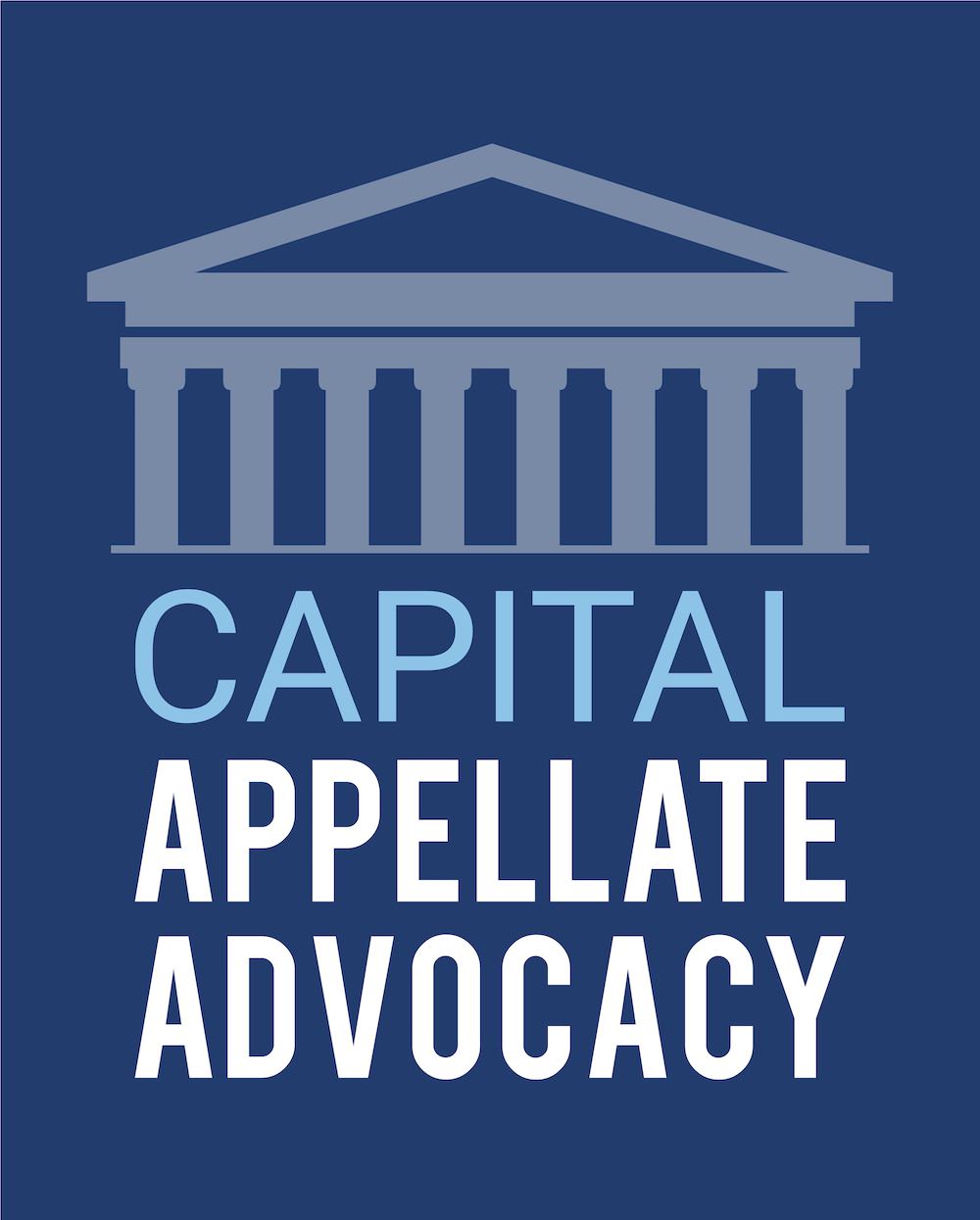On June 5 the Supreme Court issued two unanimous opinions that are elegantly straightforward.
In Town of Chester, New York v. Laroe Estates, Inc., the Court held that an intervenor of right under Federal Rule of Civil Procedure 24(a)(2) must meet Article III standing requirements in order to pursue relief (such as a separate money judgment in its own name) not sought by the original plaintiff. Justice Alito’s opinion explains that “[f]or all relief sought, there must be a litigant with standing, whether that litigant joins the lawsuit as a plaintiff, a coplaintiff, or an intervenor of right.” Slip op. at 6.
In Kokesh v. Securities and Exchange Commission, the Court held that because SEC “disgorgement” of ill-gotten gains resulting from violation of federal securities laws “is imposed for punitive purposes,” it is a “penalty,” and thus subject to the general 5-year federal statute of limitations for federal government commencement of “an action, suit or proceeding for the enforcement of any civil fine, penalty, or forfeiture, pecuniary or otherwise.” 28 U.S.C. § 2462; slip op. at 5, 8. In so holding, Justice Sotomayor’s opinion rejects the SEC’s contention that disgorgement is merely “remedial.” Slip op. at 9-11.
Both of these decisions have implications that transcend their simplicity. As a result of Town of Chester, attorneys may have to rethink how they argue, or oppose, Rule 24 motions to intervene. And in light of Kokesh, lawyers who defend clients in enforcement actions commenced by the SEC or other federal regulatory commissions or agencies now may be able to assert a stronger statute of limitations defense than in the past.

